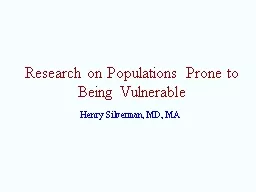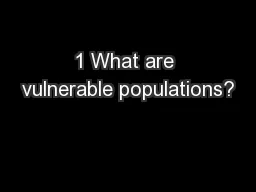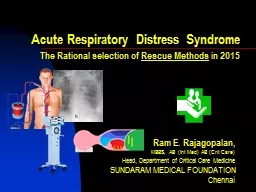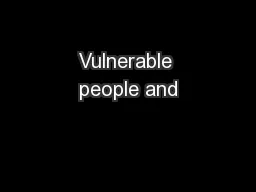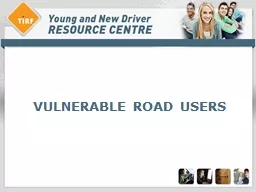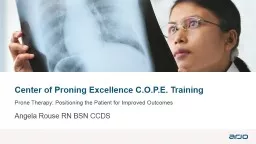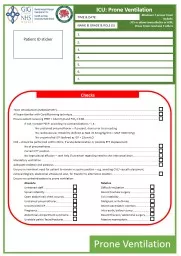PPT-Research on Populations Prone to Being Vulnerable
Author : cheryl-pisano | Published Date : 2017-10-13
Henry Silverman MD MA How to Define Vulnerability Two senses of vulnerability vulnerable to be exposed to the possibility of being attacked or harmed either physically
Presentation Embed Code
Download Presentation
Download Presentation The PPT/PDF document "Research on Populations Prone to Being V..." is the property of its rightful owner. Permission is granted to download and print the materials on this website for personal, non-commercial use only, and to display it on your personal computer provided you do not modify the materials and that you retain all copyright notices contained in the materials. By downloading content from our website, you accept the terms of this agreement.
Research on Populations Prone to Being Vulnerable: Transcript
Download Rules Of Document
"Research on Populations Prone to Being Vulnerable"The content belongs to its owner. You may download and print it for personal use, without modification, and keep all copyright notices. By downloading, you agree to these terms.
Related Documents

